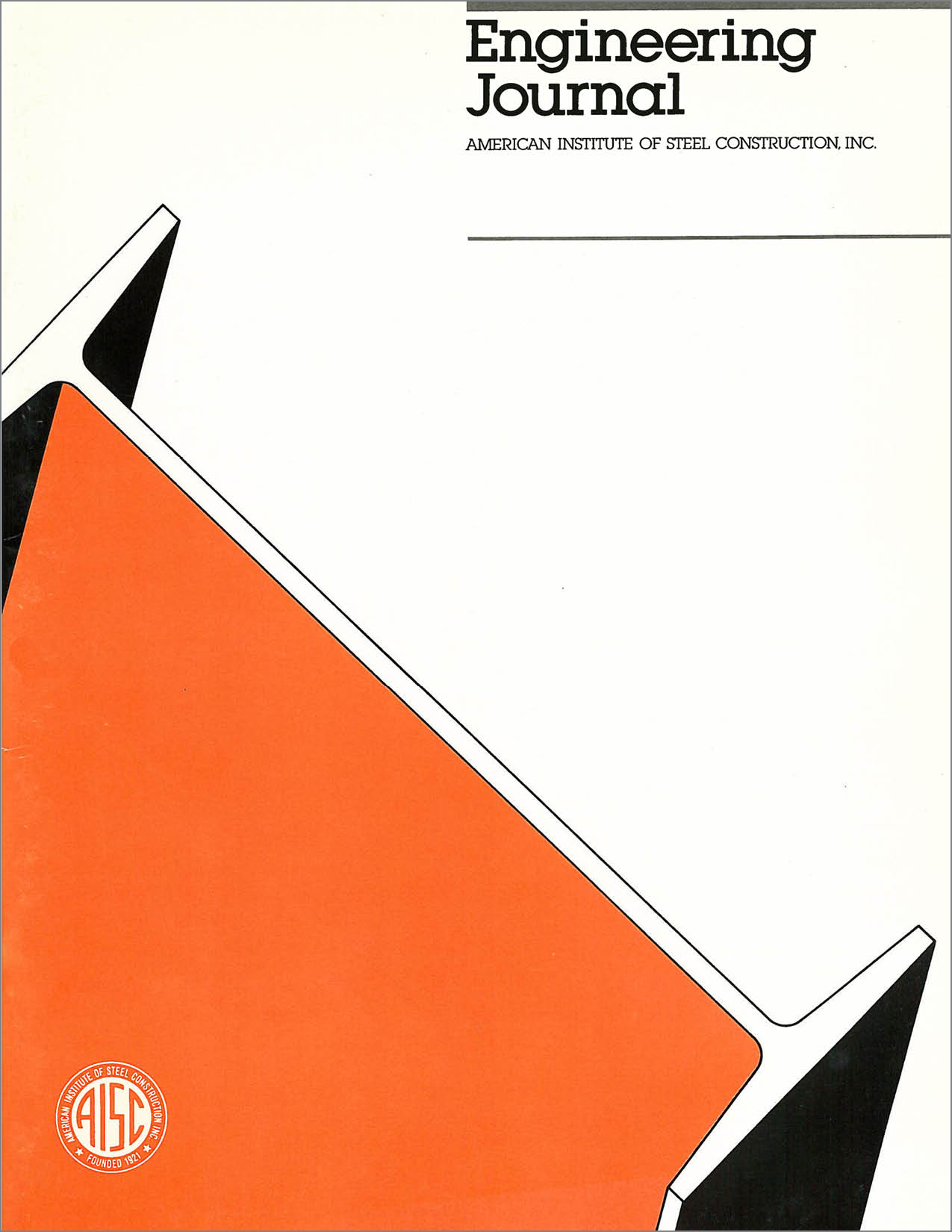A Conceptual Approach to Prevent Crack-related Failure of Steel Bridges
DOI:
https://doi.org/10.62913/engj.v25i1.1270Abstract
Although the safety record of steel bridges is undoubtedly superior to many other engineering structures, there have been a few catastrophic bridge failures. These include the Kings Bridge in Melbourne, Australia (1962), the Silver Bridge in West Virginia (1967) and one span of the Mianus River Bridge in Connecticut (1983). At times, localized failures have rendered an entire bridge unsafe, resulting in emergency repairs and/or corrective measures. These and other failures suggest that not only is there a need for emphasis on thorough inspection and reinspection, but also for greater understanding of the factors which influence the behavior of crack growth. Laboratory tests have shown test specimens of identical materials under equal loads, but different crack sizes, will not exhibit the same fatigue life. Crack size is important in determining the useful remaining life of a particular bridge member. In many situations, the smaller, hard-to-detect cracks can be much more serious in fracture-critical bridge members than the apparent ones which may occur in redundant members. With the advent of fracture mechanics concepts, the significance of crack size and its interrelationship with applied stress and fracture toughness has been recognized by bridge engineers. Progress has been made not only in understanding crack growth through fracture mechanics, but also in crack detection through non destructive testing techniques.

